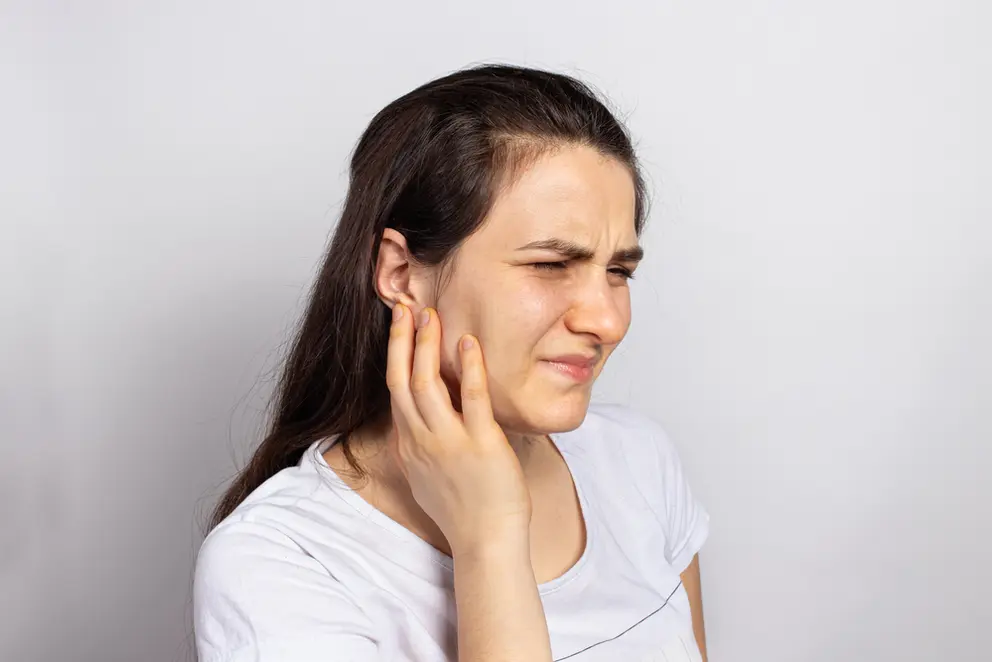
The Symptoms Of TMD?
If you experience any of the following symptoms, you could be suffering from a temporomandibular joint disorder:
- Abrupt headaches
- Tinnitus (ear ringing) and/or hearing loss
- Sharp pain spreading behind the eyes, in the face, or upper body
- Bruxism
- Dizziness
- Change in bite alignment and/or teeth enamel (cracking, chipping, flattening, etc.)
- Limited mouth movement
- Numbness or tingling
- Jaw clicking, popping, or painfully “locking” in place
- Overall jaw soreness or discomfort, most intense during the morning
It's worth noting that the most intense bruxism clenching typically occurs during sleep when you aren’t awake or conscious enough to help it. Risks of this clenching can also be intensified by family history, mental health conditions (particularly anxiety), and substance issues .
Abusing stimulants (like caffeine, cocaine, and amphetamine) can overactivated the jaw muscles, and has been clinically linked to increased TMJ risk. In 2019, the Brazilian Research in Pediatric Dentistry journal observed that amphetamines, in particular, could amplify that risk over sixfold.
We recommend wearing occlusal splint appliances, custom-made by an experienced dentist or orthodontist, to ease TMD strain and protect your tooth enamel from further damage. That said, it’s still important to take those underlying issues into account as well. A behavioral health professional specialized in cognitive behavioral therapy and/or addiction counseling could help you address those underlying stressors that might be worsening your TMD.



